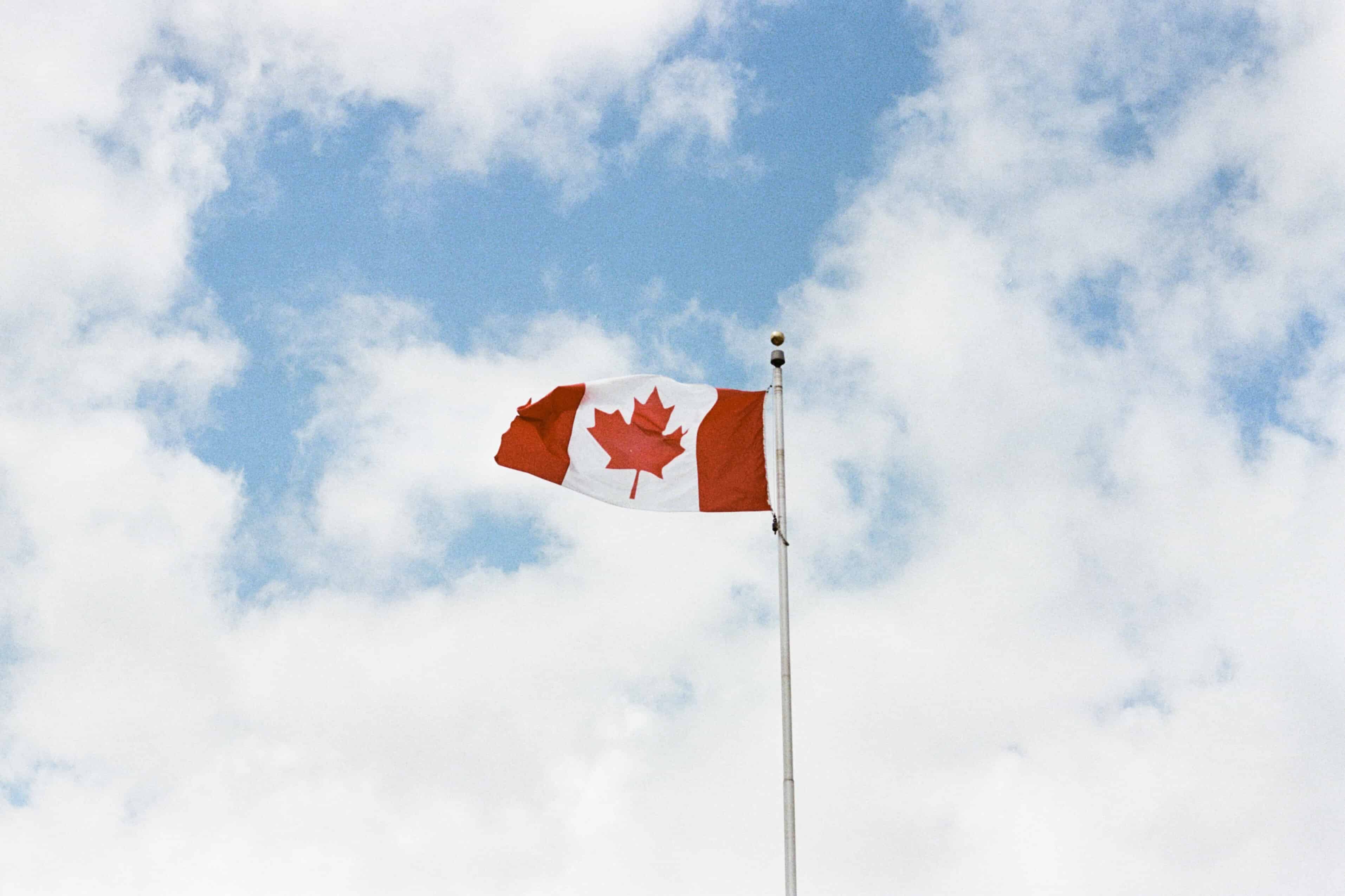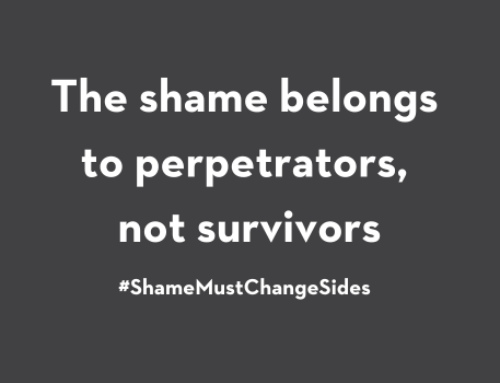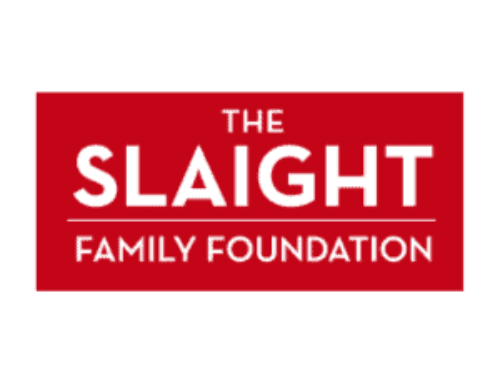What is it?
Unfinished Business: A Parallel Report on Canada’s Implementation of the Beijing Declaration and Platform for Action “incorporates an up-to-date assessment of federal policy and programs supporting women and gender equality in Canada” (p. 5).
It’s going to be submitted to the UN Women Regional Office for Europe and Central Asia in advance of a meeting to review the Beijing Platform 25 years after it happened.
What is the Beijing Platform?
“… 50,000 activists, diplomats and world leaders met in Beijing, China to plan for a world in which all women everywhere — in all of their diversity — could live full and equal lives. The resulting declaration and platform for action was the most progressive blueprint ever for advancing women’s rights.” (p. 6)
Organizations have been reviewing Canada’s progress in meeting the goals set out in the Beijing Platform every five years since 1995.
Who wrote Unfinished Business?
A network of 50 women’s rights and equality-seeking organizations, trade unions, and independent experts. Canadian Women’s Foundation is one of the organizations involved.
On a high level, what does the report say?
There have been some areas of improvement, but “Canada is not nearly close enough to meeting its 2030 Agenda goals: women are still waiting for meaningful equality. Years of effort to remove entrenched economic, cultural and social barriers to women’s progress are not achieving the results we all expected by now” (p. 7).
- Progress has been uneven. “Near perfect scores in the areas of health and educational attainment in Canada have not translated into notable progress on the economic front or in women’s representation in leadership. Most critically, these scores hide fundamental disparities between different groups of women” (p. 7).
- There has been “poor performance with respect to the share of women in government and public and private sector management positions” (p. 8).
- Rates of gender-based violence remain shockingly high, and the “experience and threat of violence is particularly acute for Indigenous women, women with disabilities, and LGBTQI2S people” (p. 9).
- Overall, “the government has started to build a foundation for a more equal and inclusive society after years of backsliding and measurable losses. It now needs to cement this legacy by tackling the critical issues highlighted in this report, sharpening the focus on feminist intersectionality and committing the necessary resources to turn ‘feminist progress into lasting change’” (p. 10).
Enlightening quotes
“Between 2006 and 2018, Canada’s gender gap in this area inched forward an average of 0.2% per year. At this rate, it will take 164 years to close the economic gender gap in Canada” (p. 8).
“Canada’s gender pay gap is one of the highest in the OECD: we are in 31st place out of 36 countries, behind all European countries and the United States” (p. 8).
If “Indigenous and racialized women had been making the same salaries as their white male peers, their bank accounts (and the Canadian economy) would have been $43 billion richer in 2015” (p. 8).
“The closer women get to closing the gender gap, it seems the greater the barriers become to achieving equality. It’s also clear that the barriers are considerably higher for women and gender-diverse people who face multiple and interacting systems of oppression that systematically undermine their human rights and reproduce inequality” (p. 9).







